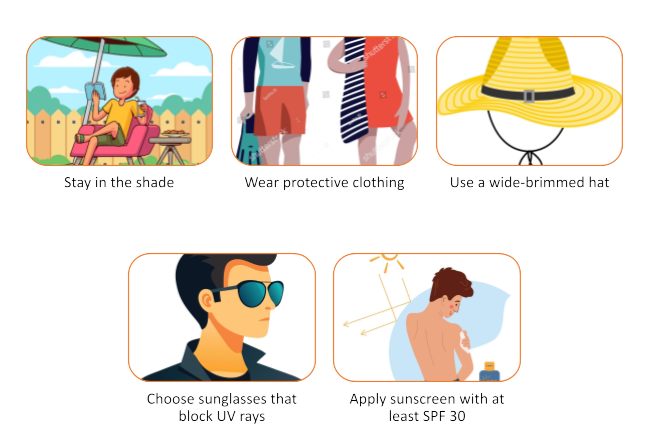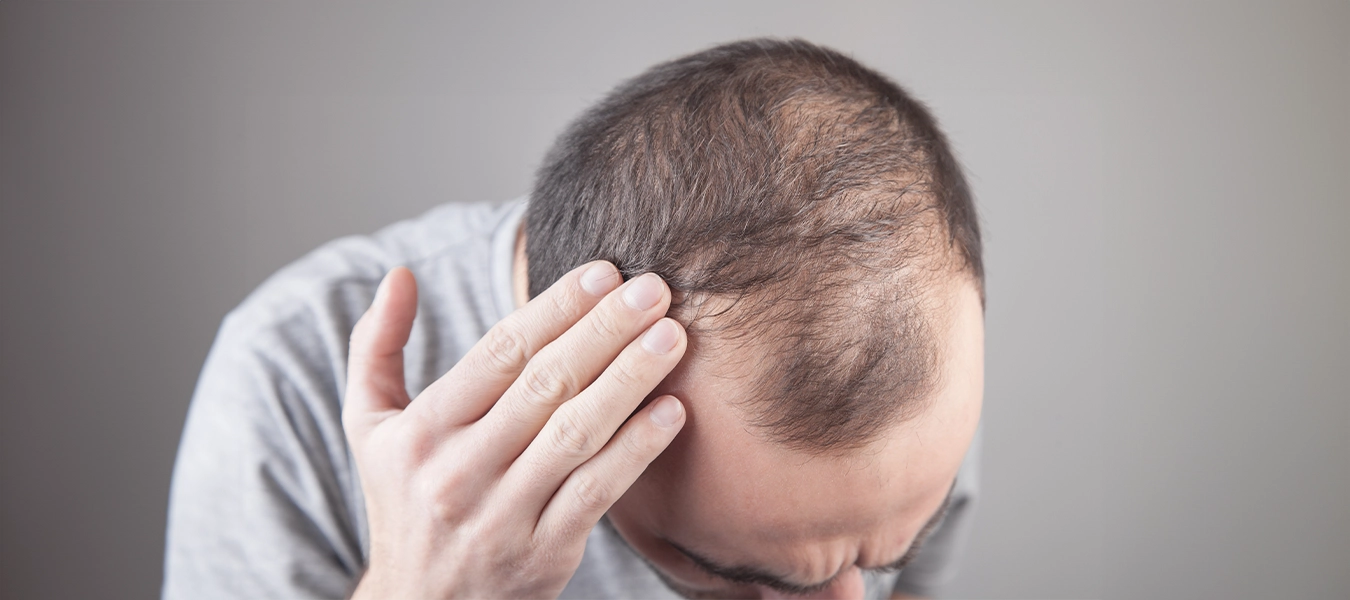It’s completely normal to lose between 50 and 100 hairs each day. However, when hair loss exceeds this amount, it may indicate a condition known as telogen effluvium, which is characterized by excessive hair shedding. This type of hair loss is often triggered by significant stressors, including: 1
- Losing 20 pounds or more
- Giving birth
- Experiencing high levels of stress (such as caring for a sick loved one, going through a divorce, or losing a job)
- Suffering from a high fever
- Undergoing surgery
- Recovering from an illness, particularly if it involves a high fever
- Stopping the use of birth control pills
Many individuals notice increased hair shedding a few months after experiencing one of these stressors. For instance, new mothers may see a spike in hair loss about two months postpartum, with shedding typically peaking around four months after giving birth. This is considered a normal and temporary response. 1,2
As your body adjusts to the changes and stressors diminish, excessive shedding usually subsides. Most people can expect their hair to regain its normal fullness within six to nine months. However, if the underlying stress remains, hair shedding may persist over a longer period. Those who are constantly under significant stress may experience ongoing excessive hair loss. Understanding these patterns can help you manage your hair health and seek
appropriate support when needed. 1,2
Reference:
- Do you have hair loss or hair shedding? Available at: https://www.aad.org/public/diseases/hair-loss/insider/shedding, accessed on 13th December 2024.
- Telogen Effluvium, available at: https://my.clevelandclinic.org/health/diseases/24486-telogen-effluvium, accessed on 13th December 2024.
True or false questions for hair loss in women
Q1 A widening part or thinning hair often indicates the onset of hair loss in women.
True
Fact: Early signs of female pattern hair loss include a widening part and thinning hair, which is the most common cause of hair loss in women.
Q2 Cutting back on washing, coloring, and perming will reduce hair loss.
False
Fact: Female pattern hair loss is mainly genetic, though styling practices can contribute to thinning.
Q3 Increased hair shedding a few months after childbirth is normal.
True
Fact: Many women experience more shedding post-pregnancy, but it typically resolves by their child’s first birthday.
Q4 Stress, surgery, or significant weight loss can lead to more hair shedding.
True
Fact: Increased shedding often occurs during stressful times but usually regrows once the stressor is removed.
Q5 Wearing tight hairstyles can cause hair loss over time.
True
Fact: Tight hairstyles may lead to traction alopecia, but changing styles early can allow for regrowth.
Q6 Brushing your hair 100 times a day promotes healthy hair.
False
Fact: Over-brushing can damage hair and lead to more shedding; brush only as necessary.
Reference:
What causes hair loss in women? Available at: https://www.aad.org/public/diseases/hair-loss/causes/women, accessed on 13th December 2024.
Infographic: How to Protect Your Skin from UV Rays
Ultraviolet (UV) radiation from the sun is responsible for more than 1.5 million cases of skin cancer annually.1
While it’s impossible to completely avoid sunlight, there are effective strategies to minimize your sun exposure when spending time outdoors:1,2

SPF: sun protecting factor
Reference:
- Raising awareness on ultraviolet radiation, available at: https://www.who.int/activities/raising-awareness-on-ultraviolet-radiation, accessed on 13th December 2024.
- How to Protect Your Skin from UV Rays, available at: https://www.cancer.org/cancer/risk-prevention/sun-and-uv/uv-protection.html, accessed on 13th December 2024.


